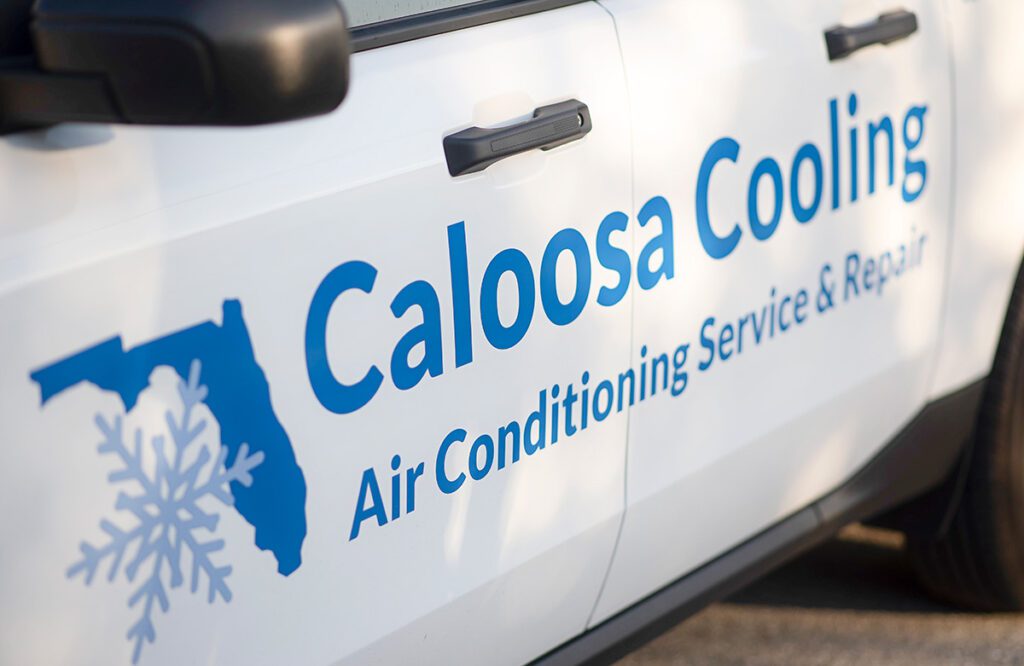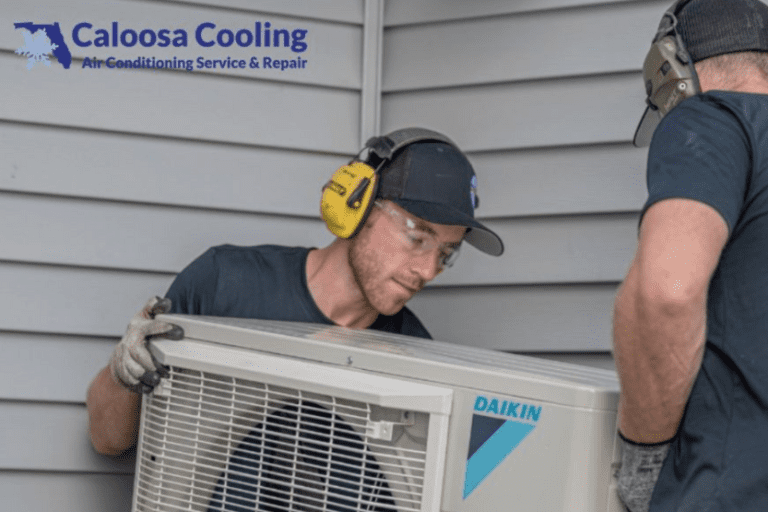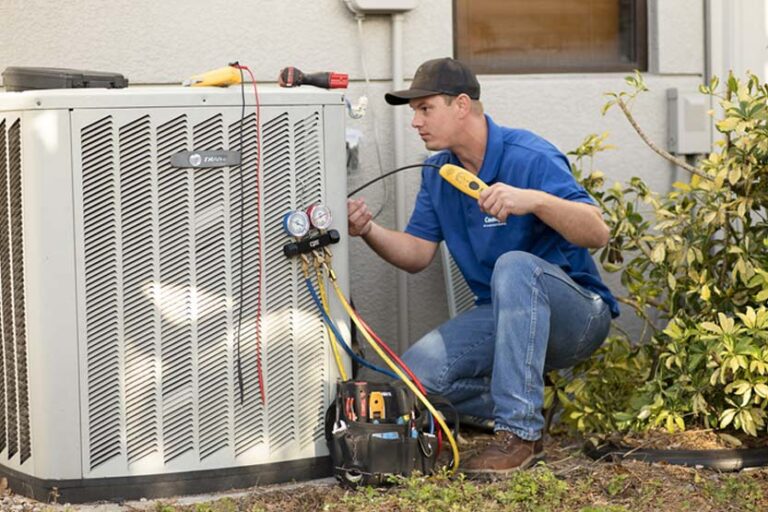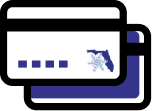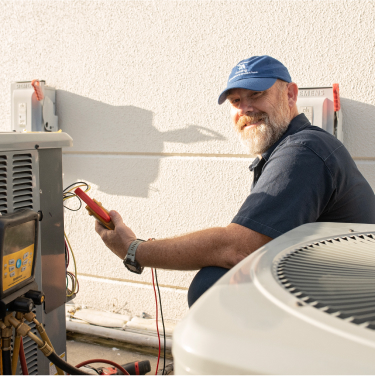
A non-flowing drain pan can quickly become a source of frustration and concern for homeowners. Whether it’s under an air conditioning unit, a refrigerator, or a water heater, a drain pan that isn’t draining properly can lead to water damage, mold growth, and potentially costly repairs. In this article, we’ll explore the common reasons why a drain pan might not be flowing as expected and provide practical solutions to address the issue.
1. Clogged Drain Line
One of the most common culprits behind a non-flowing drain pan is a clogged drain line. Over time, dust, debris, and even algae can accumulate within the drain line, obstructing the water flow. This blockage prevents water from properly draining out of the pan, causing it to overflow. To address this issue, follow these steps:
- Locate the drain line and assess its condition.
- Use a wet/dry vacuum or a pipe brush to gently remove any debris or buildup.
- Flush the drain line with a mixture of vinegar and water to help break down any organic matter.
2. Incorrect Installation
Sometimes, a drain pan may not be installed correctly, leading to poor drainage. If the pan isn’t properly leveled or if it’s not sloped towards the drainage outlet, water won’t flow as intended. To rectify this issue:
- Carefully inspect the drain pan’s installation and alignment.
- Adjust the pan’s position if needed, ensuring that it slopes towards the drain opening.
- Use a leveling tool to confirm that the drain pan is perfectly balanced.
3. Damaged or Rusty Drain Pan
A drain pan that has sustained damage or developed rust can hinder the flow of water. Cracks, holes, or rusted spots can impede the water from collecting in the pan and properly draining out. Here’s what you can do:
- Examine the drain pan for any visible damage.
- If there are minor cracks, consider using epoxy or sealant to patch them.
- For extensively damaged or rusted pans, replacement might be the best option.
4. Insufficient Airflow
In some cases, a lack of proper airflow around the drain pan can contribute to slow or stagnant water drainage. This is particularly relevant for appliances like refrigerators and air conditioning units. To improve airflow and enhance drainage:
- Ensure that the appliance is positioned with adequate space around it.
- Clean the surrounding area to remove dust and debris that could be obstructing airflow.
- If the appliance has a built-in fan, make sure it’s functioning correctly to facilitate air circulation.
5. Overwhelmed Drain System
If the drainage system that the pan is connected to is overwhelmed, water might not flow smoothly. This can happen during heavy rainfall or when there’s a sudden surge of water. To manage this situation:
- Install a secondary drain pan to catch excess water in case of overflow.
- Consider a backup pump system that automatically removes water from the drain pan if it reaches a certain level.
A non-flowing drain pan is a problem that should not be ignored, as it can lead to water damage, mold growth, and other costly issues. By identifying the root cause of the problem and applying the appropriate solutions, homeowners can ensure that their drain pans function optimally, protecting their belongings and their homes from potential harm. Regular maintenance, proper installation, and quick troubleshooting are key to maintaining a well-functioning drain pan system.
Caloosa Cooling, as a certified contractor and heating and air conditioning professional, has the skills, equipment, and knowledge to keep your equipment functioning properly all year. We also provide service agreements to maintain your comfort system functioning at optimal performance, which helps to minimize repair emergencies.
Find out more about HVAC system products and maintenance. Call Caloosa Cooling at 239-226-0202 or message online today.



